Your search 'Patination pigments' did not match any products.
Showing results using some of your search terms 'Patination pigments'
Search results for 'pigments'
-
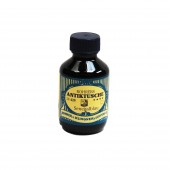
Rohrer & Klingner Antique Ink
Starting at: £10.20
-
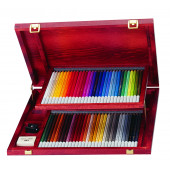
STABILO CarbOthello Pastel Pencil Set of 60 in Wooden Box
£175.00 -
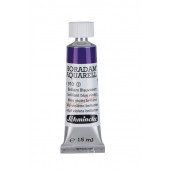
Schmincke Horadam Aquarell, Artists' Watercolour, 15 ml Tube
Starting at: £12.65
-
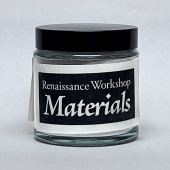
Bone White Pigment 100 grams, Renaissance Workshop Materials
£38.00 -
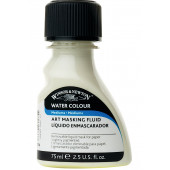
Winsor & Newton Art Masking Fluid
Starting at: £9.25
-
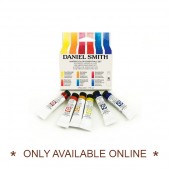
Daniel Smith Watercolour Essentials Set
£36.30 -
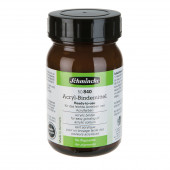
Schmincke Acrylic Binder 200 ml
£15.95 -
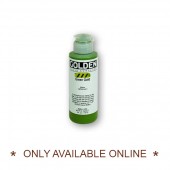
Golden Fluid Acrylic 119ml
Starting at: £20.10
-
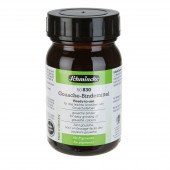
Schmincke Gouache Binder 200 ml
£15.95 -
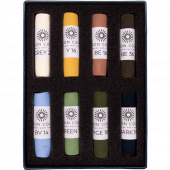
Unison 8 Landscape Assorted Pastels
£45.60
-
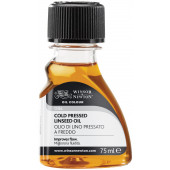
Winsor & Newton Cold Pressed Linseed Oil
Starting at: £9.20
-
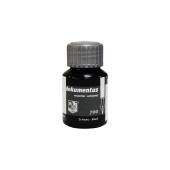
Rohrer and Klingner Dokumentus Ink Black 50ml
£26.20 -
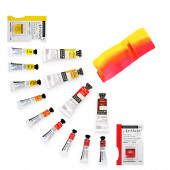
Daler-Rowney Artists Watercolour 15ml Tube
Starting at: £15.00
-
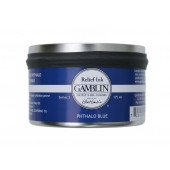
Gamblin Relief Printing Inks 175ml
Starting at: £16.00
-
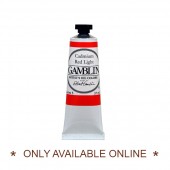
Gamblin Oil Colours 37ml
Starting at: £11.20
-
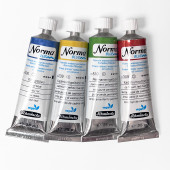
Schmincke Norma Blue 35ml
Starting at: £8.15
-
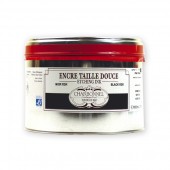
Charbonnel Blacks
Starting at: £18.60
-
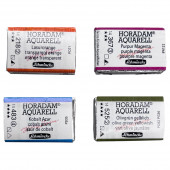
Schmincke Artists Watercolour Whole Pan
Starting at: £7.95
-
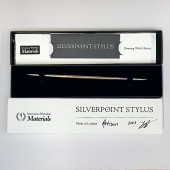
Silverpoint Stylus, Artisan. Renaissance Workshop Materials
£180.00 -
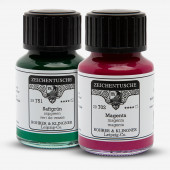
Rohrer & Klingner Drawing & Calligraphy Ink 50ml
Starting at: £7.30
-
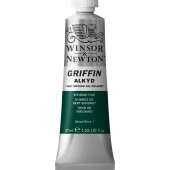
Winsor & Newton Griffin Alkyd Oil Colour
Starting at: £7.15
-
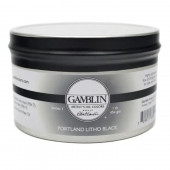
Gamblin Portland Black Litho Ink 1lb
£25.00 -
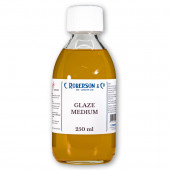
Roberson Glaze Medium
Starting at: £9.60
-

Festal Icons
£45.00 -
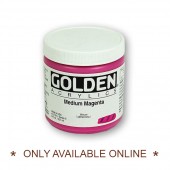
Golden Heavy Body Acrylic 236ml
Starting at: £29.40
-

London Pigment, Verdigris Ink, 20 ml
£20.00 -
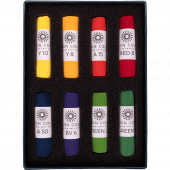
Unison 8 Bright Assorted Pastels
£45.60 -
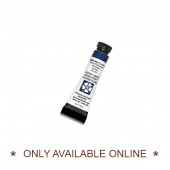
Daniel Smith Artists Watercolour 5ml Tube
Starting at: £7.20
-
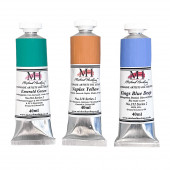
Michael Harding Artists' Oil Colour 40 ml
Starting at: £9.20
-

Schmincke Akademie Aquarell Set
£80.00





